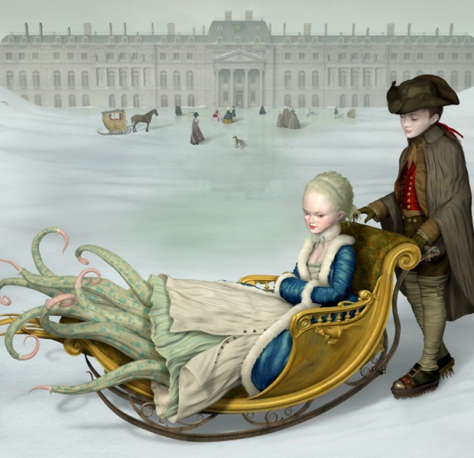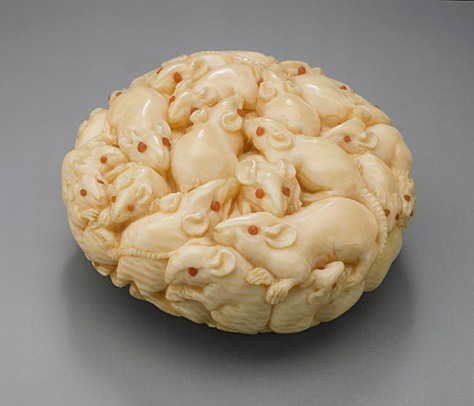Usually when someone works in porcelain, they are trying to follow traditional methods. Artist Maria Rubinke adds a twisted turn to her work pushing what is acceptable in the world of art.
Currently based out of Copenhagen, Denmark, Maria Rubinke blends innocence with grotesque in her work, creating porcelain sculptures with shocking streams of red glaze originating from rips and tears in their bodies. She uses a mixture of cute and surreal to pull people between these extreme opposites.
Most vintage or Victorian porcelain dolls are delicate and beautiful. She doesn’t do that. The children have innocent faces, but are completely twisted. The portrayals in Maria’s sculptures bring to mind the work of Edward Gorey, the American artist and writer known for illustrated books depicting unsettling scenes in Edwardian settings.
She doesn’t yet have her own website, (although it is in progress), but you can check out more of her work on her Facebook page.











